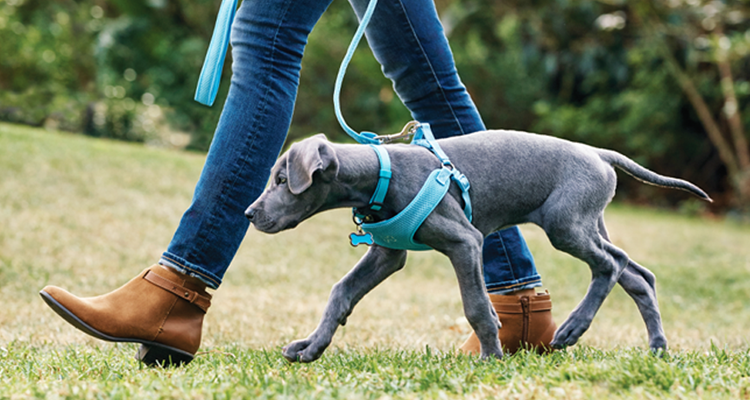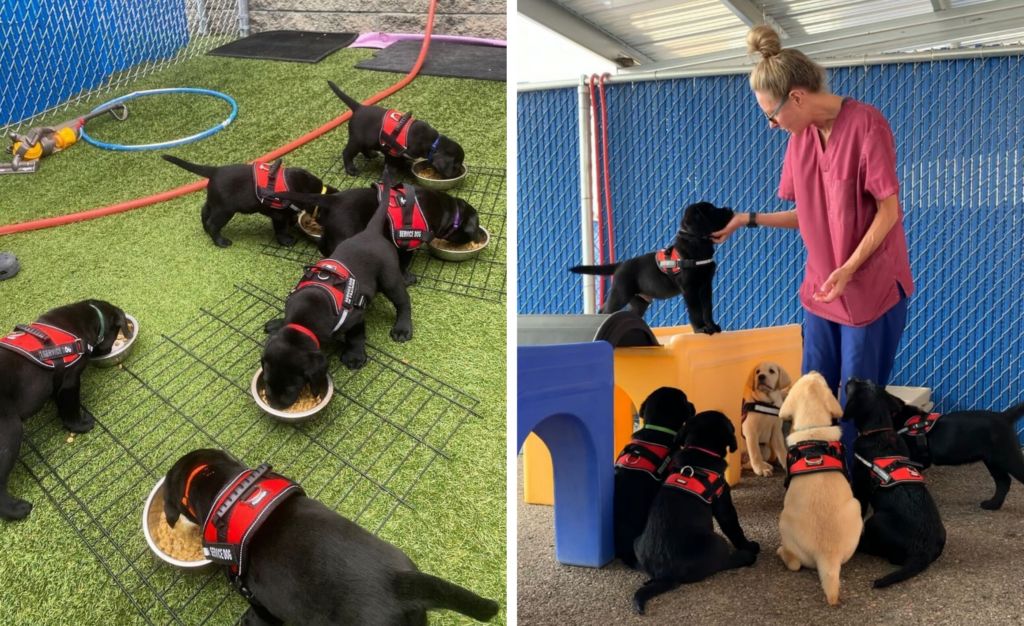Dog Training Techniques to Help Manage Aggressive Behavior in Dogs
Dog Training Techniques to Help Manage Aggressive Behavior in Dogs
Blog Article
Beginner's Overview to Successful Pet Dog Training in the house
Efficiently training a canine at home needs a nuanced understanding of canine behavior and efficient interaction techniques. Establishing clear training goals, making use of premium benefits, and maintaining uniformity throughout family members are important components. Incorporating training right into everyday regimens can improve both interaction and retention.
Recognizing Pet Dog Habits
Comprehending dog habits is essential for efficient training and fostering an unified partnership between people and their canine buddies. Pet dogs communicate largely via body movement, articulations, and faces, making it crucial for proprietors to translate these signals properly. Acknowledging habits such as tail wagging, roaring, or cring can provide understandings right into a pet dog's mood and intentions.

Typical behavioral problems, such as aggressiveness, anxiousness, or too much barking, commonly originate from misunderstandings or unmet requirements. Observing and attending to these problems quickly can prevent rise and ensure a positive training experience. By fostering a deep understanding of canine habits, owners can customize their training approaches to suit their canine companions, inevitably causing a contented and mannerly animal.
Important Educating Devices
A well-equipped training space can considerably enhance the efficiency of pet dog training in your home. Vital training devices ensure that both the pet dog and the fitness instructor can participate in productive sessions that cultivate learning and bonding.

Purchasing a tough leash and a comfortable, well-fitting collar or harness is essential for security and control. These tools assist establish limits and make certain the pet stays protected throughout training. Furthermore, a designated training area, totally free from interruptions, help focus for both the dog and the instructor.
Training help such as training pads, cones, or agility tools can also boost the experience by introducing selection and challenges. Having a notebook or electronic application for tracking progress can be invaluable, enabling you to keep in mind successes and areas for enhancement. Utilizing these essential tools will certainly develop a positive training atmosphere and lay the structure for effective knowing.
Producing a Training Regimen
Developing a constant training routine is important for reliable dog training in the house. A well-structured regular not only aids in enhancing preferred habits however also offers your dog with a feeling of safety and predictability. To develop an effective training regular, start by identifying certain training goals, such as basic commands, leash strolling, or house-training.
Pick an assigned time every day for training sessions, preferably when your pet is alert and responsive. Sessions needs to be brief, approximately 5 to 15 minutes, to preserve focus and stop fatigue. Consistency in timing and atmosphere will certainly improve your pet's understanding experience.
Include training right into daily activities to enhance abilities. Technique commands throughout strolls or mealtime, which integrates discovering into all-natural routines. In addition, stay flexible and change the routine as needed, suiting your look these up canine's power degrees and state of mind.
Favorable Reinforcement Techniques
Favorable reinforcement methods are basic to efficient pet dog training, promoting wanted habits through incentives as opposed to penalty. This technique makes use of positive stimulations, such as treats, appreciation, or playtime, to motivate dogs to duplicate particular actions. The cornerstone of this strategy is timing; benefits ought to be provided instantly following the desired habits to create a clear association.
When executing favorable reinforcement, it is important to choose incentives that are inspiring for your pet. High-value treats, such as tiny items of chicken or cheese, can be particularly effective throughout training sessions. In addition, varying the benefits can keep your pet dog's rate of interest and enthusiasm.
Beginning with simple commands, like "sit" or "stay," and progressively development to much more intricate jobs. Consistency is vital; ensure that all household participants make use of the exact same commands and reward systems to avoid confusion.
In addition, it is important to continue to be individual and prevent frustration. Pet dogs, like humans, learn at their own rate. By fostering an encouraging training atmosphere via positive support, you can boost your dog's knowing experience while strengthening the bond in between you and your hairy buddy, laying the groundwork for successful training end results.
Typical Training Difficulties
While educating a dog in the house can be a satisfying experience, it typically features a collection of common challenges that can examine both patience and consistency. One common problem is diversion. Pets might become quickly averted by noises, motions, or even scents in their environment, making it hard to maintain look these up their emphasis during training sessions.
One more challenge is disparity in commands and reinforcement. It can prevent and confuse the pet progression if household participants use different signs or benefits. Establishing a unified approach is important for efficient interaction.
Furthermore, pets can experience disappointment or stress and anxiety, especially if they do not understand what is anticipated of them. This can bring about undesirable actions, such as eating or barking.
Finally, the timing of support is essential (Dog training). Postponed rewards can decrease the performance of favorable support, as pets might fail to link the habits with the benefit
Overcoming these obstacles requires commitment, clear communication, and an organized training plan. Recognizing and addressing these usual obstacles will lead the way for an extra effective and delightful training experience at home.
Conclusion
In verdict, effective dog training in the house requires a comprehensive understanding of canine behavior and efficient communication methods. By establishing clear training objectives and making use of high-quality deals with along with favorable reinforcement, the training procedure becomes extra gratifying for both the canine and the trainer. Flexibility, uniformity, and perseverance are necessary components that facilitate learning. Ultimately, integrating training into day-to-day routines enhances the bond between canine and owner, making the experience both delightful and efficient.
Establishing a constant training routine is essential for effective pet dog training at home.Favorable support methods are basic to reliable dog training, promoting preferred behaviors with incentives rather than punishment (Dog training). By fostering an encouraging training setting with positive reinforcement, you can enhance your dog's discovering experience while reinforcing the bond in between you and your furry friend, laying the groundwork for successful training outcomes
In conclusion, effective canine training at home necessitates a detailed understanding of canine habits and effective communication approaches. By developing clear training goals and using high-grade deals that site with alongside favorable support, the training process comes to be much more fulfilling for both the fitness instructor and the canine.
Report this page